BAE Systems received $114 million in Foreign Military Sales (FMS) contracts from the U.S. Army for AN/AAR-57 Common Missile Warning Systems (CMWS).
BAE say that CMWS is a combat-proven aircraft survivability system for rotary-wing and fixed-wing aircraft that integrates missile warning, hostile fire indication, and countermeasure controls.
“CMWS provides the U.S. and its allies with advanced threat detection and countermeasure control capabilities that protect aircraft and air crews who operate in hostile battlefield conditions.”
“Battlefields are increasingly contested, and airborne armed forces around the world must be able to detect and defeat modern infrared threats,” said Jennifer Bartley, deputy product line director of Integrated Survivability Solutions at BAE Systems.
“When stealth is not an option, CMWS provides a shield that enables aircraft survivability and mission execution.”
CMWS systems have been installed on different platform types worldwide. It is the standard missile warning and hostile fire detection system for U.S. Army aircraft and has millions of combat flight hours and a proven ability to protect aircraft and save lives in evolving threat environments.
With the new FMS contracts, additional U.S. allies now procure the system to protect existing fleets and newly acquired aircraft, including AH-64 Apache, CH-47 Chinook, and UH-60 Black Hawk helicopters.
CMWS is compatible with expendable countermeasure dispensers—including BAE Systems’ AN/ALE-47 Airborne Countermeasures Dispenser System and Smart D2 next-generation countermeasure system—as well as laser-based directable infrared countermeasure systems.
CMWS is designed and manufactured at BAE Systems’ facilities in Nashua, New Hampshire; Austin, Texas; and Huntsville, Alabama.


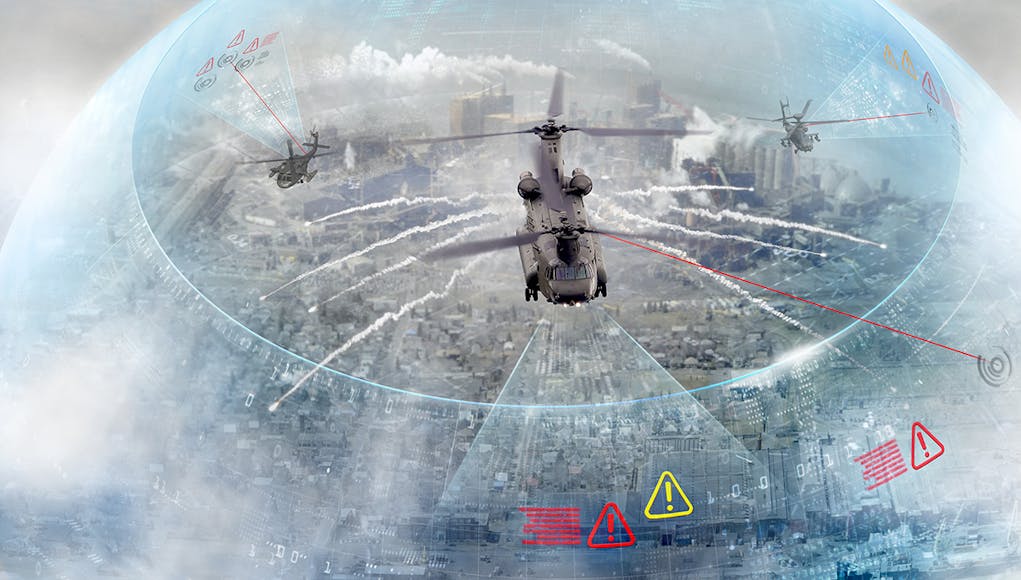
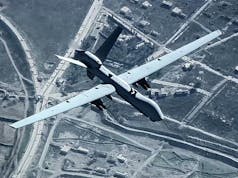

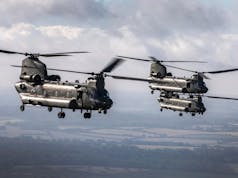
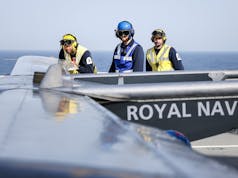
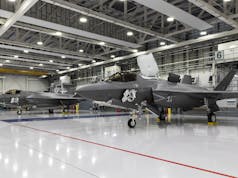
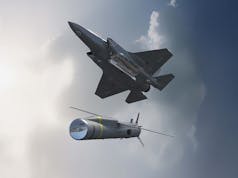

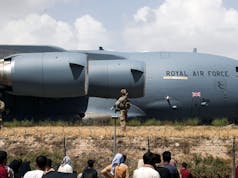

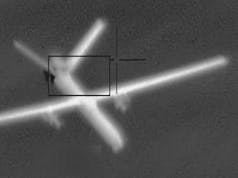

Next will be drone jammers.
Absolutely, the threat just keeps growing at an alarming rate. I’ve noted just how relatively small weapons such as mines, drones and shoulder-carried anti-tank and aircraft missiles are dominating the Ukraine conflict. MBTs and attack helicopters are being destroyed by these systems, which if concentrated in abundance could stifle progress on the battlefield. Russia appears to be making little headway due to advanced artillery and the aforementioned systems. In many ways, the Ukraine conflict is as constrained as the battlefields of WW1, where Wizbangs and well-positioned machine gun posts resulted in little to no progress. Drone swarms will result in compromised operations both at the front and support/supply behind the lines. Dominant anti-drone systems will be vital on all military vehicles and troop columns to shield vast areas of theatre. Failure to establish such an umbrella of defence could lead to severely restricted war zones and very high casualties.
How many C3’s are we procuring & how many of those are having iron dome.
Answers:
1) not enough
2) even less
The CH3 fleet is so small they could all be fitted with Iron Dome but no, probably 60%. However, there is increasing pressure in Whitehall to address the current UK military strength so watch this space?
I was more thinking about drone jammers for helicopters.
First they need to invent the tech. If it existed Ukraine would be using it and likely they would be advancing rather than slowly withdrawing, admittedly at the cost of thousands of Russian troops and vehicles.
Granted Coll, I can get carried away.
Apart from one close call, I have yet to hear of a FPV/loitering drone engaging a moving helicopter. As the close call with Ka-52 showed it is possible, but the drone didn’t have the legs on the helicopter, so it couldn’t intercept it. I’m sure with better batteries, using a drone against a helicopter will be the next thing to contend with.
This is interesting as most of the Western military helicopter operators are looking at IR based missile approach warning systems (MAWS) rather than UV. UV does have the advantages of being less affected by rain and snow. But does have some difficulties tracking the threat after the missile’s rocket motor has burnt out. Whereas IR based MAWS can tracking a missile due to the body heat generated by moving through the air.
As a point of reference, all of our front line helicopters use the AAR-57 UV based MAWS. Also of note, is that although our helicopters carry really expensive cargoes ,i.e. pax, They have the least amount of defensive aids, compared to say Typhoon.
Wow… a lot of money to employ a few extra bods as aircrew, equipped with surplus bino’s…